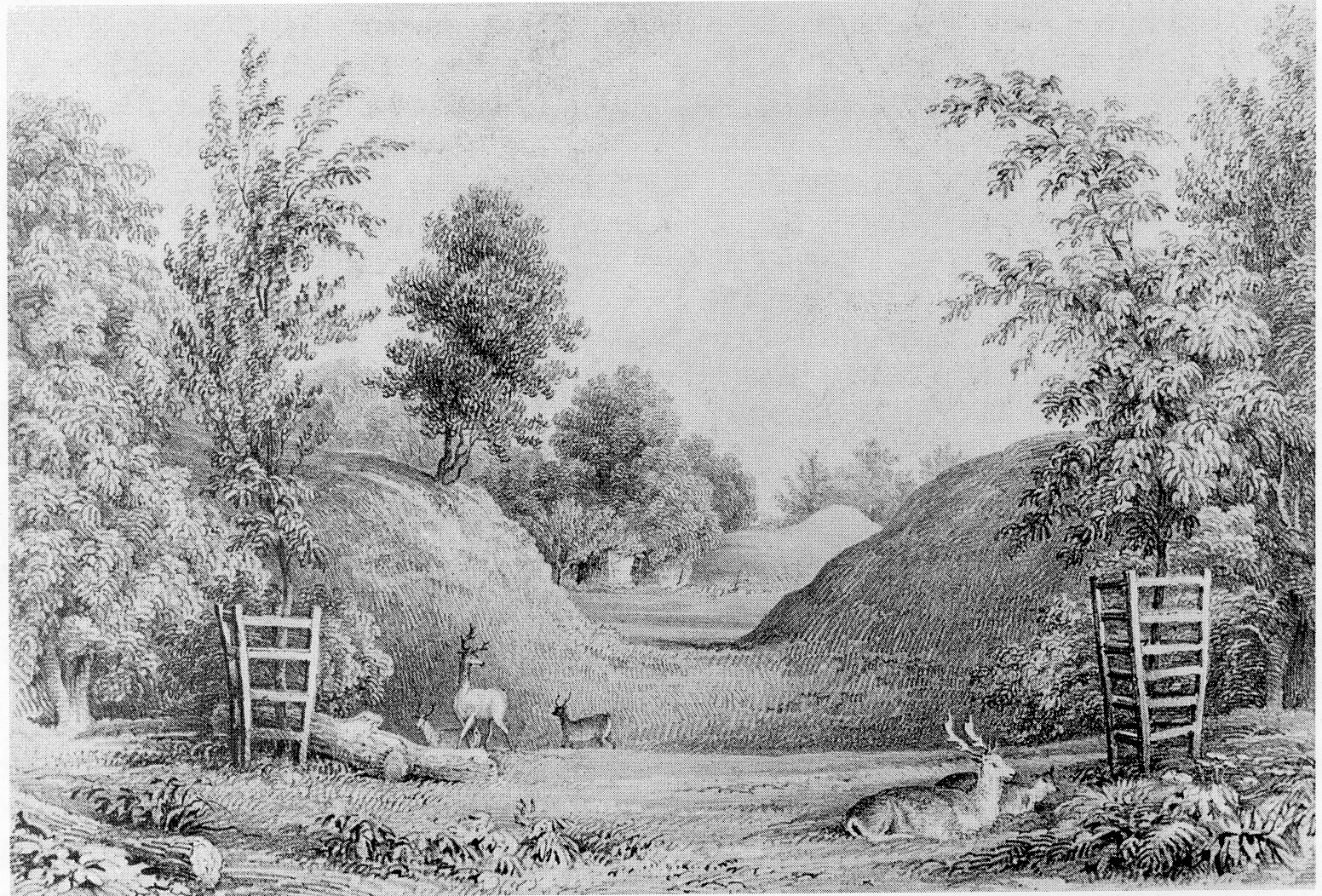Stephen-Matilda Wars
It is not from the Doomsday Book (no mention there of Merdon, because it was church property), but from the Annales Monastici (Annals of the Monastery of Winchester) that we hear of Merdon in the year 1138. They record the building of Merdon Castle by Bishop Henry de Blois, (half-brother of King Stephen, the last of the Norman monarchs) for defence in the Stephen-Matilda (Maud) wars.
These were messy and drawn out affairs which lasted 18 years, brought about by Stephen dishonouring oaths he had made and renewed to Matilda in the presence of her father, King Henry I. When Henry died in 1135, Matilda was out of the country having married Henry V of Prussia, and Stephen took this opportunity to seize the treasury at Winchester and to discredit Matilda, claiming that his oaths had been made under coercion. He also claimed that Matilda was unsuited to have the crown because, first she was just a mere woman, and second she had married a foreigner whose interests were not those of the English people. (Indeed she married yet a second foreigner.) The good side of Stephen was that he was a very modern man and an able administrator.
In 1139, a number of bishops who had been badly treated by Stephen declared themselves against him under the leadership of his half- brother Henry de Blois. Matilda returned to England and finally discredited Stephen. Sporadic rebellions became wars that continued until 1153, when Stephen’s heart went out of the campaign, and he acknowledged Matilda’s eldest son Henry II as heir in a negotiated settlement, after the death of his own eldest son and the loss of some close supporters.
The following translation from the Annals Monastici for the year 1138 puts the mood of the times across quite vividly:
‘This year Bishop Henry had built a house like a palace with a very strong tower in Winchester, and castles at Merdon, Farnham, Waltham, Downton and Taunton; Roger, Bishop of Salisbury, built castles at Salisbury, Sherborne, Devizes and Malmsbury; the Count of Gloucester strengthened Gloucester, Bath, Bristol, Dorchester, Exeter, Wimbourne, Corfe and Wareham; Brian strengthened Lincoln; John Marshall, Marlborough and Ludgershall; Godfrey de Mandeville, the Tower of London and Rochester. There was not anyone of merit or moment in England who did not build or reinforce their strongholds.’
 Merdon Castle - print by G F Prosser c. 1860
Merdon Castle - print by G F Prosser c. 1860
The building of six castles in one year by Bishop Henry was aided by the wealth of Winchester as the richest See in all England (with over forty manors), and his leadership among the bishops testifies to him as the most powerful man next to the King.
An old story of one later wily bishop, when offered the Archbishopric of Canterbury, commented that ‘although the manger was higher at Canterbury, the straw was richer at Winchester’. This underlines the resources that Bishop Henry had available for such massive projects.